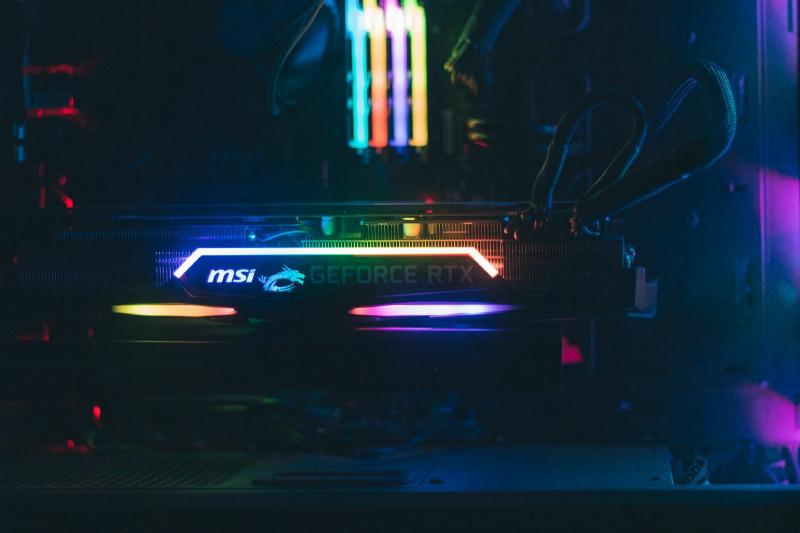Sometimes, the Arch Linux documentation may feel like a maze, filled with comprehensive information but so extensive that it’s easy to get lost. This article aims to simplify the process of configuring the NVIDIA driver on Arch Linux, providing a more accessible guide for myself and others who may face similar challenges in the future.
Checking the NVIDIA GPU Architecture
Before proceeding, it is crucial to check the exact architecture of the NVIDIA GPU installed on your system. This will ensure correct compatibility with the appropriate driver. Run the following command to identify your GPU’s architecture:
| |
Make sure to look up the NVIDIA GPU information on the official NVIDIA website to ensure the correct driver selection.
Step 1: System Update Make sure your system is up to date with the following command:
| |
Step 2: Installation of Required Packages Install the necessary packages for the NVIDIA driver with the command:
| |
Tip: If you are using the LTS kernel, install
nvidia-ltsinstead ofnvidia.
Step 3: Xorg Configuration Create the necessary directory and configure the file for Xorg:
| |
In this step, we are creating and configuring the 10-nvidia-drm-outputclass.conf file in the /etc/X11/xorg.conf.d/ directory. This file is essential for defining Xorg output settings for Intel and NVIDIA GPUs. It uses the “OutputClass” sections to associate the modesetting driver with the Intel GPU and the nvidia driver with the NVIDIA GPU.
Step 4: GDM (GNOME Display Manager) Configuration
| |
Here, we are creating two .desktop files to integrate Optimus optimization with GDM. GDM is configured to automatically run the xrandr script to allocate video outputs correctly between Intel and NVIDIA GPUs during the graphical server startup.
What is NVIDIA Optimus? NVIDIA Optimus is a technology that automatically manages the use of integrated and dedicated graphics cards in laptops to optimize performance and save energy. In summary, it helps balance processing power as needed.
If you are using a different Login Manager than GDM, follow the ArchLinux documentation here.
Step 5: Modprobe Configuration Configure Modprobe for the NVIDIA driver:
| |
This step configures Modprobe for the NVIDIA driver, specifically for nvidia-drm. We are adding an option to the nvidia-drm-nomodeset.conf file to enable the modeset mode, which is essential for smooth integration of the NVIDIA driver with the graphical environment.
Step 6: Initramfs Reconstruction Rebuild Initramfs to ensure the changes are applied:
| |
Initramfs reconstruction is crucial to apply changes made to kernel modules, ensuring the system correctly recognizes the new graphical environment with the NVIDIA driver.
Step 7: Running nvidia-xconfig
| |
The nvidia-xconfig command is used to generate a specific Xorg configuration file for the NVIDIA driver. This helps ensure that the necessary settings are present and optimized for the installed NVIDIA GPU.
Step 8: Testing and Verifying the NVIDIA Driver
Restart the system to apply all configurations. After the restart, check if the NVIDIA driver is loaded correctly using the command: nvidia-smi. Additionally, open the NVIDIA X Server Settings or use the nvidia-settings command to access the graphical interface and check specific GPU settings.
With the completion of the NVIDIA driver configuration on Arch Linux, I sincerely hope this guide has been valuable to you! Thank you sincerely for investing your time in reading this article.
